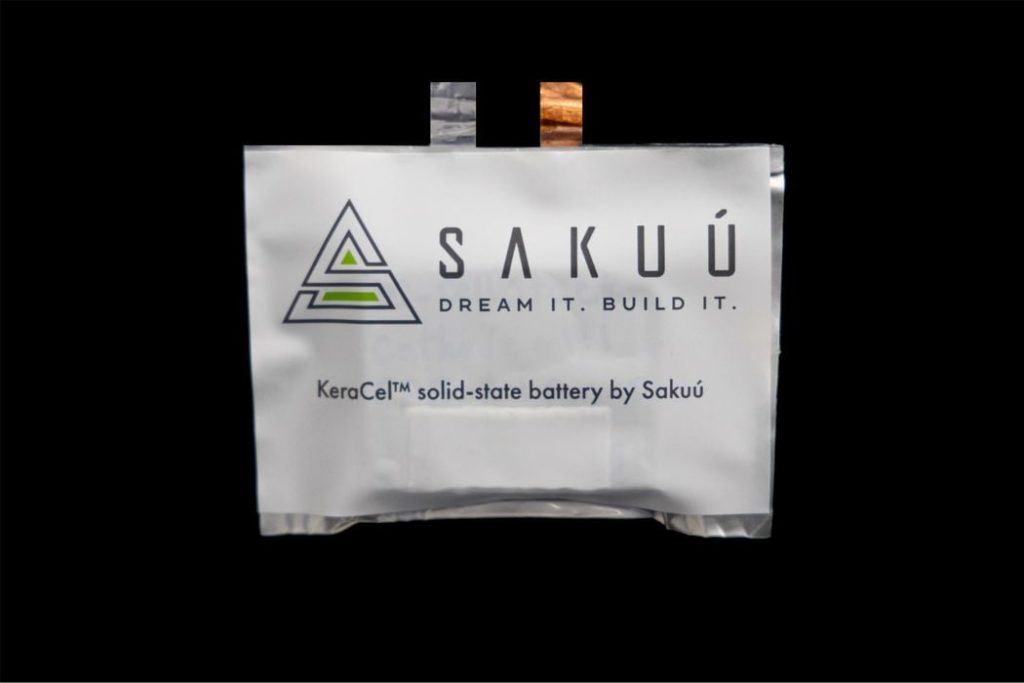
Sakuú hit a major milestone in their 3D printed battery project.
The company has been developing a sophisticated system for producing 3D printed batteries at scale. I spoke with Sakuú’s VP of Marketing and Business Development, David Pederson, a few weeks ago to understand exactly how their mysterious process works. The company also received three powerful patent awards this year.
They’ve developed a highly unusual 3D printing process that is itself composed of several 3D printing processes. In other words, they can in theory make an object using SLA and FFF in the same job, for example.
While that technique could surely be used for many different applications, they’ve chosen as their first application high-volume battery production.
This week they announced they’ve managed to produce a 3Ah lithium-metal battery that apparently “equals or betters” current lithium-ion batteries.
The new battery, pictured at top, is said to be lighter weight and safer than conventional lithium-ion batteries. This makes it suitable for use in consumer applications and particularly in vehicular applications.
They explain:
“These first-generation batteries comprise 30 sub-cells, utilize lithium-metal and a proprietary printed ceramic separator. The battery has been designed to use current industry standard cathode materials and can support even higher voltage cathodes in the future that could yield up to 25% more energy.”
Sakuú CEO and Founder Robert Bagheri CEO and Founder said:
“Over the last year, we have improved our battery energy capacity by a factor of 100 and our volumetric energy efficiency over 12 times and are planning to begin volume production of the batteries in early 2022 to meet the needs of our strategic partners.”
The new battery is essentially a technology proof-of-concept that demonstrates the feasibility of their unusual 3D printing process. Eventually, the same battery could be produced by their forthcoming production system, the Sakuú 1000 Advanced AM Platform.
At this time they are showing the new battery result to their strategic partners, who are certain to be companies seeking to electrify their products. One of their major investors is Japan-based Musashi Seimitsu, who produce automotive parts, including power trains.
This, I believe, is an excellent strategy for Sakuú, as there will be no doubt thousands of companies undergoing electrification conversions over the next two decades. Each of them will require vast quantities of batteries for their products and demand is sure to be very high.
If Sakuú can produce these or improved batteries at scale and at a good price, they will have a near-infinite market to pursue.
Via Sakuú
